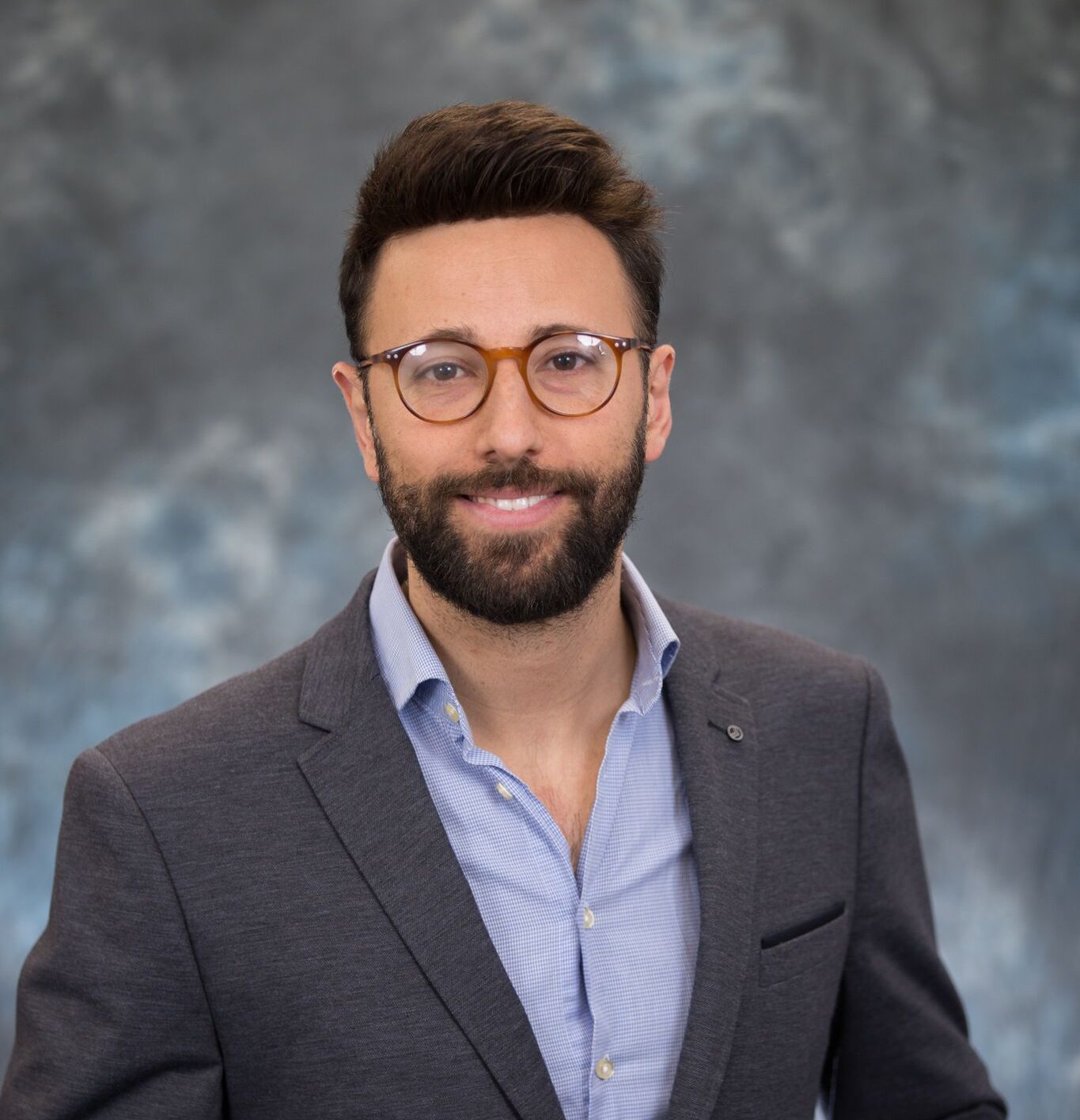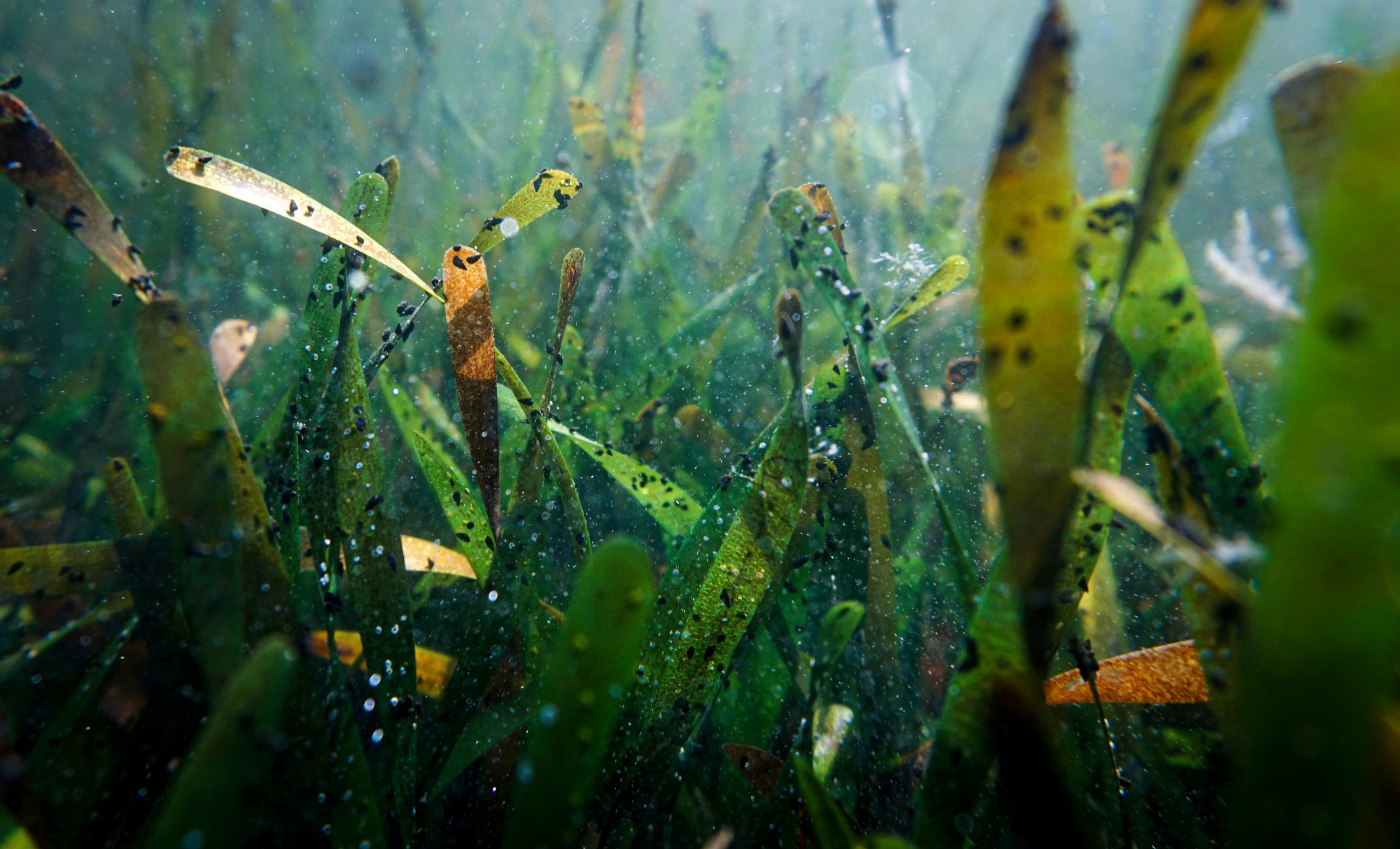Tampa Bay’s vanishing seagrass beds have raised concerns across the state, as experts grapple with how to restore the grasses that are critical to the health of Florida’s largest open-water estuary. Among the factors affecting the health of seagrass beds are high levels of nitrogen in the water, which contribute to harmful algal blooms or HABs. HABs can eclipse sunlight and starve the water of oxygen, leading to the loss of seagrass beds. With an award from the National Estuary Program (NEP), Assistant Professor Alberto Canestrelli, Ph.D., of the Civil and Coastal Engineering Department, is leading a project to pinpoint the main sources of nitrogen pollution from septic tanks down to a single household in Old Tampa Bay. This information will be used to help counties optimize the value of investments in septic to sewer upgrades.

Canestrelli’s team, including CCS Researcher Tricia Kyzar, Ph.D., and Yonggang Liu, Ph.D., associate professor with the University of South Florida College of Marine Science, will integrate groundwater and surface water models to pinpoint the primary sources of nutrient pollution from septic tanks in Pinellas and Hillsborough County. Using this analysis, the team will provide guidelines for county officials to determine the effects of septic tanks on water quality and create an impact ranking of all septic systems in Hillsborough and Pinellas County. The two counties will allocate funds to prioritize the conversion of septic tanks to sewer lines in low-income households, factoring in the impact rankings and financial feasibility for residents.

“The key here is coupling two models to predict the load from septic all the way to the estuary going through groundwater and surface water, and creating these impact indexes that tells you which are the households that will most affect the estuary’s water quality,” said Canestrelli. “The single components are not novel by themselves, but as a whole, it’s something that has not been done.”
The project team will share their findings and the potential to apply this technology to other estuarine regions at the Gulf of Mexico Alliance Conference (GOMCON). Counties will locally amplify outreach efforts by crafting and mailing a one-page informational flyer about septic conversion to residents.
The project kicked off at the end of September 2023 and will continue for two years, with impacts ranging from attitude changes through outreach to residents, to the long-term improvement of water quality in Tampa Bay and an expected bounce back in seagrass coverage.
—
By Megan Sam
